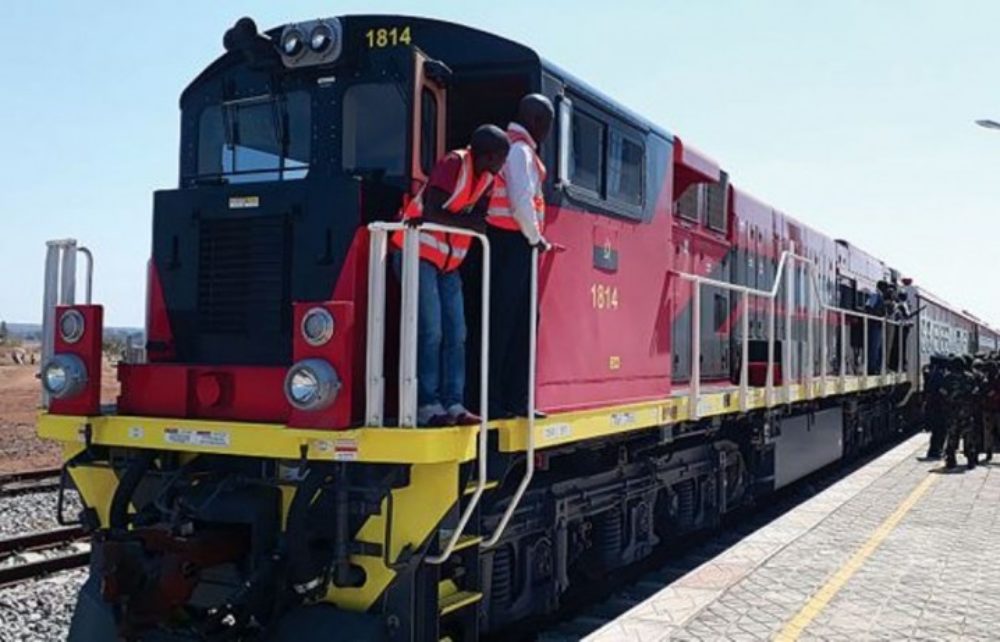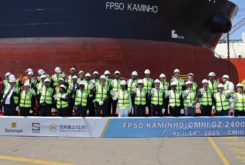The quality of roads, railways and ports in Angola remains an obstacle to the country’s development, despite large-scale investments made in the last decade, but a new government plan could solve some of the constraints, according to consultancy Eaglestone Securities.
In a new study on Angolan transport infrastructures, consultancy recalls that the civil war and neglect led to heavy damage in most of the road and rail network.
Since 2002, the authorities have made major investments in the rehabilitation of roads, railways, seaports and airports. Public finance data suggest that the government spent more than USD 38 billion on transport infrastructure during 2002-18 with around 70% invested in roads, which on average corresponds to USD 2.3 billion per year and 2.4% of GDP.
Most of the investments were financed by Chinese credit lines that have helped to rebuild and rehabilitate the country’s infrastructure. However, its quality remains an obstacle to the development of Angola, and it continues to impede the movement of people and goods in the country , says the consultancy.
According to Eaglestone, the Angolan authorities remain committed to the reconstruction, rehabilitation and expansion of infrastructure, which will be crucial to their efforts to strengthen the prospects for economic growth and diversification of the country’s economy in view of its high dependence on oil.
These efforts should be driven by greater involvement and interest from the private sector in areas such as railways and maritime and air transport, the study says. Quality roads, bridges and railways, together with efficient ports, logistics platforms and airports, will help to improve economic productivity, it adds.
The National Plan for the Transport Sector (PNST) establishes a 20-year investment program (2018-38) for port infrastructure, railways, roads and airports.
The goals are, above all, to improve the movement of people and goods, linking all 18 provincial capitals of Angola and their municipalities, to increase the financing of the private sector, namely through the promotion of public-private partnerships and to reinforce the role of Angola on the African continent, including improving the regional corridor for SADC countries. But the government’s ability to finance investments in infrastructure remains limited (around 1.4% of GDP per year) and should only increase when the country’s economic situation improves, adds Eaglestone.
The PNST foresees, for example, the implementation of a Light Railway System in Luanda (with four priority lines), in addition to the construction of port units in several provinces, railways and motorways.
According to the Government, the participation of the private sector is safeguarded in the execution of the Plan, which may involve a value of USD 2.2 billion per year.
According to data from the Ministry of Transport, this investment corresponds to 1.4 percent of the national Gross Domestic Product (GDP).
Currently, the Transport sector contributes with 3 percent of GDP, and the forecast for the next two years is for its weight to grow to 5 percent, while generating 40,000 formal jobs and 350,000 informal jobs per year, reaching 500,000 jobs in two years.




